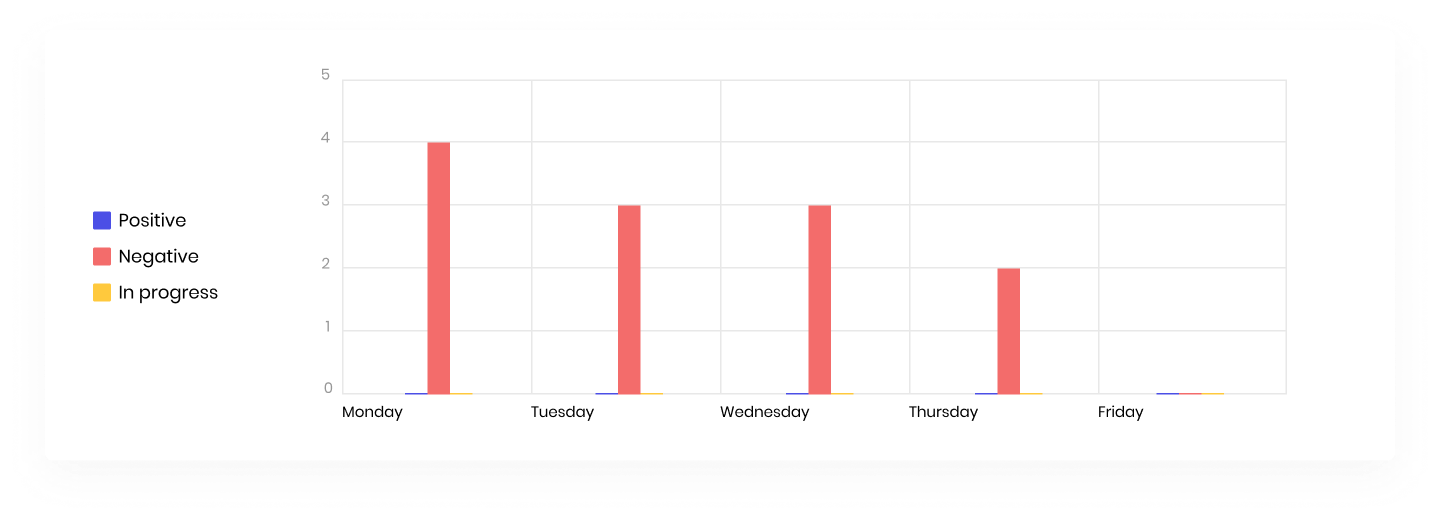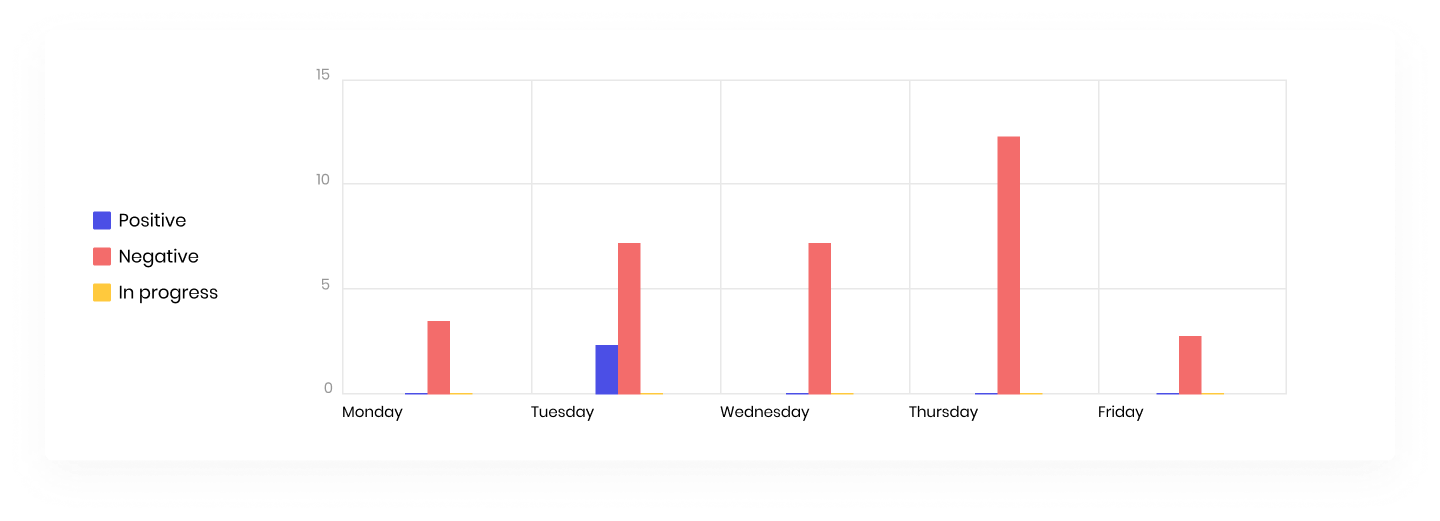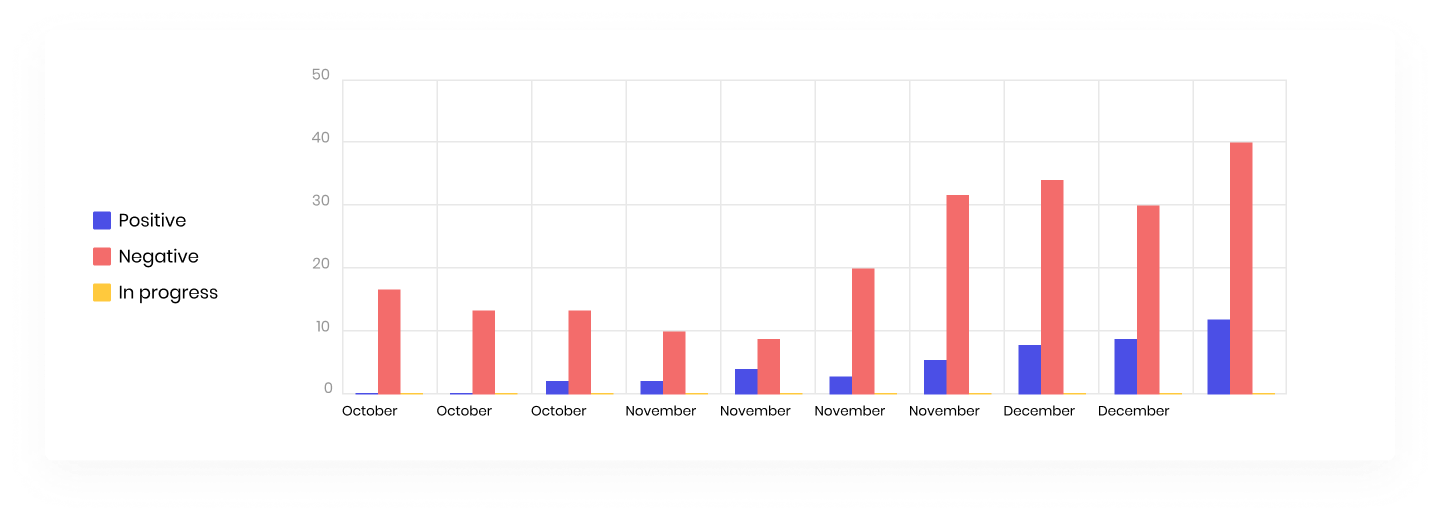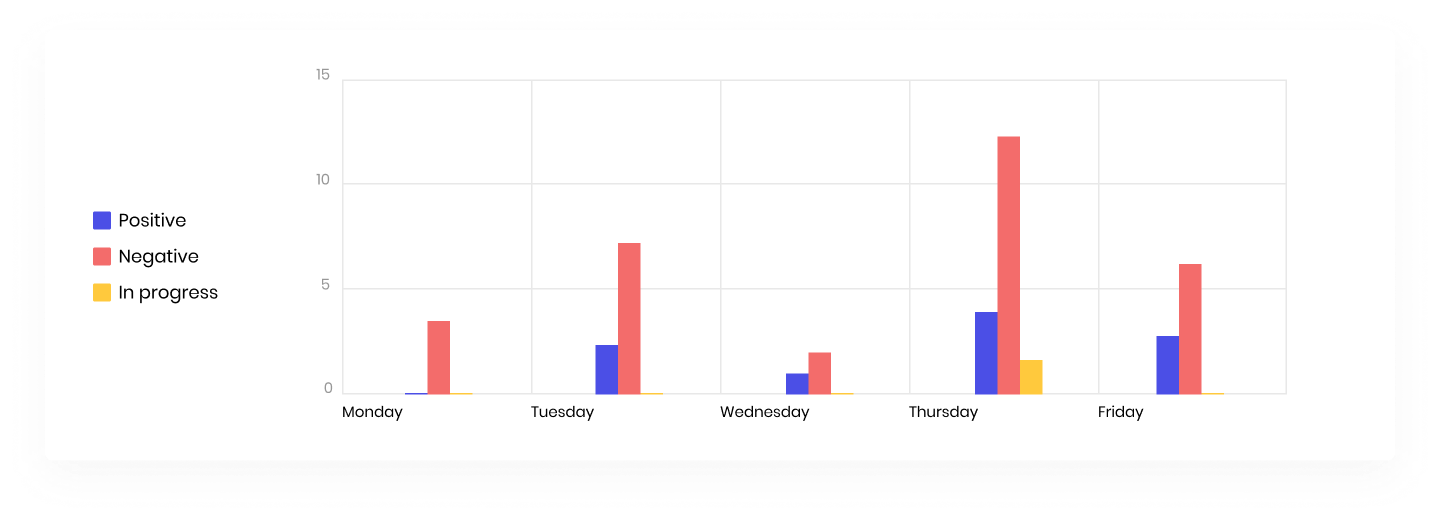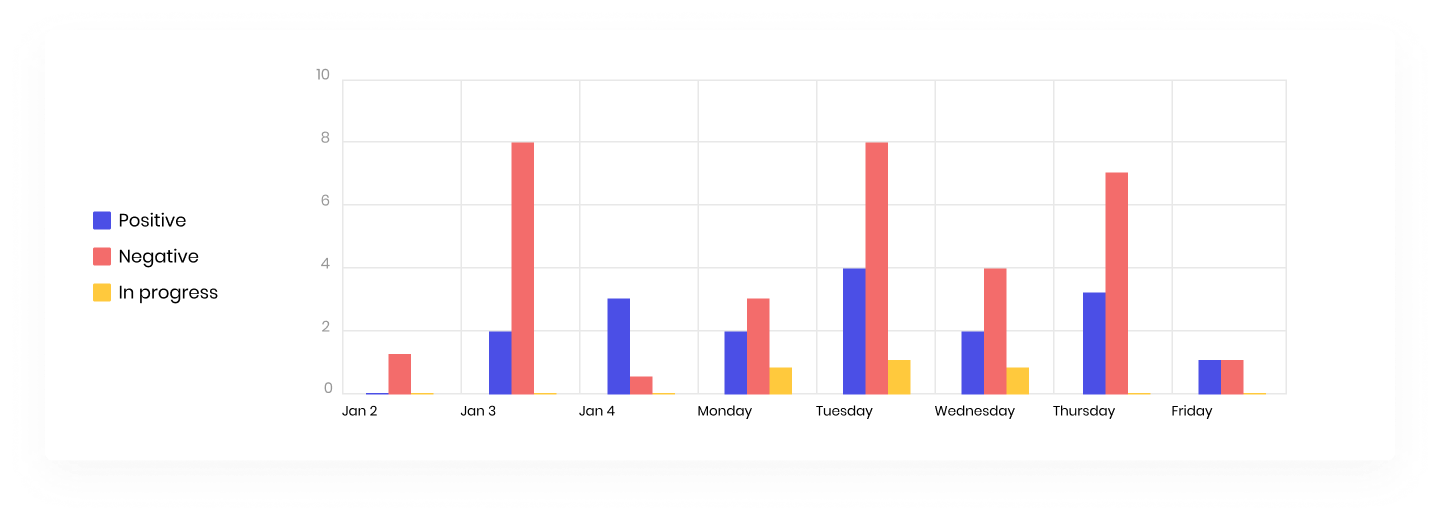Problems
We needed someone who was experienced with appointment-setting techniques and familiar with the american market. And the cost-effective remote team model of Belkins was the perfect fit.

The client wanted to introduce their services, for example, B2B appointment setting services, to a new market in the United States. This meant a whole new landscape with new audiences, new groups, and new challenges.
At the beginning of their campaign, the client discovered the following issues:
- Lack of the US client base. The client was used to receiving new B2B leads through their affiliate network and referral marketing. However, both of these fields were delivering local corporate leads. This approach wouldn’t work for the United States.
- Lack of outbound activities. The client didn’t use cold emails or outbound advertising to promote their services to other states. Because of this, they had to create a new way to introduce their company and services to potential B2B buyers.
What we did
Our communication was flowing smoothly and naturally. We constantly kept in touch and were given all the reports on our progress. Our assigned SDR worked with our sales team, handing over data and pre-qualified leads complete with information on all the campaigns to ensure that we will close the deal.
1) Research
We started slow. When you try out a new market, you don’t dive in headfirst. It’s a step-by-step process that requires:
- Preliminary market analysis. Before you start introducing your product, you must be confident your prospective buyers need it. Within the preliminary research, you map potential competitors and any gates for advancing your product and services;
- Targeting. When it comes to B2B, prospecting customers are even more difficult to identify because the pool of B2B audiences is not as large as the B2C pool. You also need to use different qualifiers to locate your DMUs. Because of this, we always take our time compiling a detailed Ideal Customer Profile (ICP) for each client;
- Lead research. Since the client relied on referral marketing and networking to attract new clients, our mission was to gather a database of high-value leads for nurturing. Following the client’s ICP, we started working across eight industries to find the most relevant and exclusive new business leads.
How is it done? It’s incredibly important to not only find companies that tick all the boxes but also to ensure that they are, in fact, active and looking for new solutions. We don’t stop at finding and validating email addresses and other contact data. We also check the prospects’ corporate websites, SEO performance, and social media accounts. The frequency of updates, the number of new posts, and SEO data allowed us to estimate the level of potential client’s activity and the communication possibilities.
2) Outreach
Since the client relied on referral marketing and networking to attract new clients, our mission was to generate new leads and nurture them into prospects via email outreach. We focused on direct and referral campaigns and launched A/B testing for each of them.
How many campaigns do you need to perform outreach? At Belkins, we practice account-based marketing and account-based selling. These techniques pay close attention to the personalization of B2B outreach and B2B communication. That means each industry, each audience segment, and even each individual prospect in your sales funnel needs a personal and compelling sales message instead of a generic proposition.
Our pattern of work looked like this:
- We reach out to CTOs, Heads of Engineering or VPs of product to figure out the titles in charge of the issues covered by the client’s product;
- In case we received no response, we also contact the company’s CEO in a referral campaign;
- If both target leads and the CEO remain silent, we reach out to our prospects via LinkedIn, asking them whether they received our messages.
In addition, we made sure to process every negative response by crafting an appropriate email that allowed us to:
- Show our appreciation for the prospect’s reply. You should always react to your prospect’s response, even if it’s a negative one. It’s important to emphasize that clarity and understanding of your prospect’s status is important to you by showing how much they contribute to your workflow, you manage to build a positive communication that can evolve into a B2B relationship.
- Explain why we decided to get in touch. It’s another opportunity to introduce our unique value proposition. However, it should be informative instead of salesy. If the prospect is not inclined towards working with us right now, pushing them would only alienate them and eliminate all chances for cooperation.

